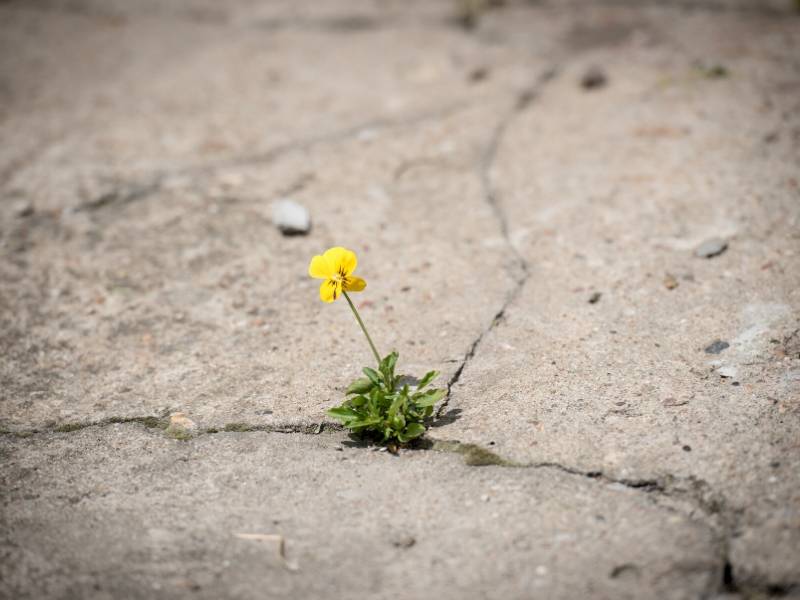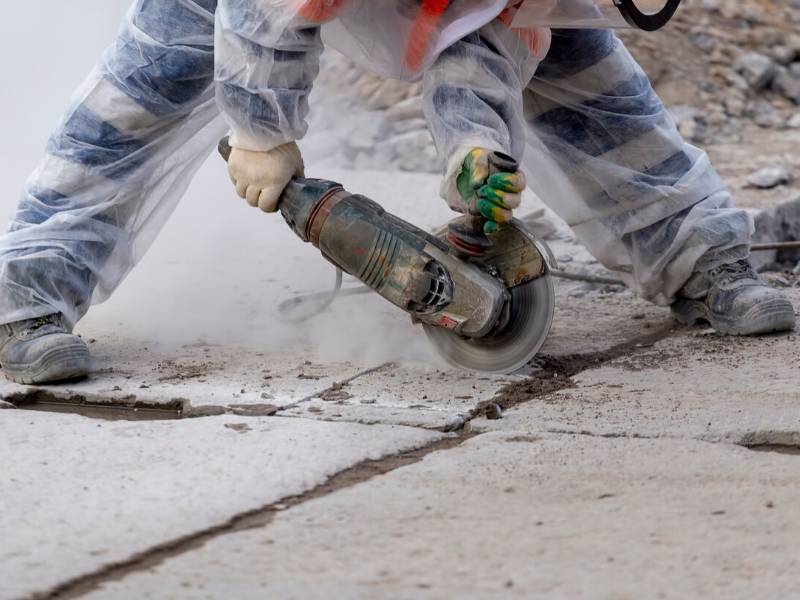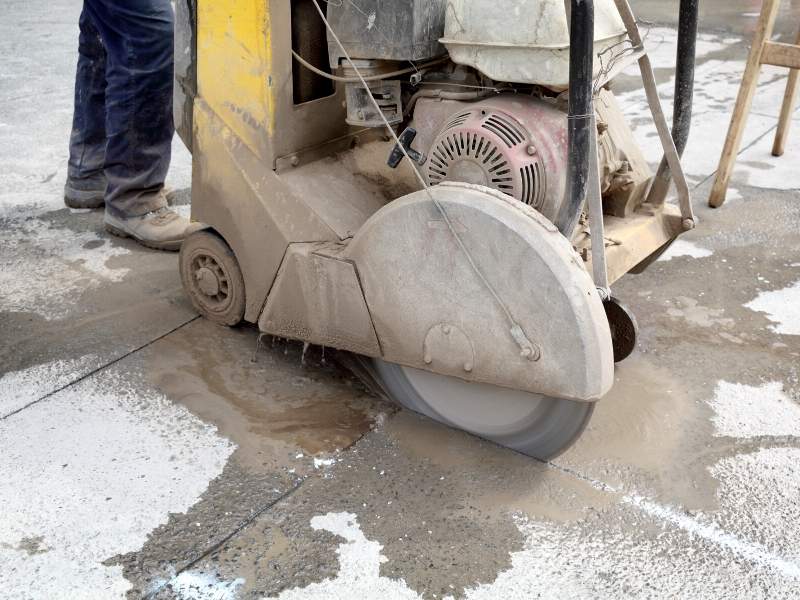Breaking up concrete doesn’t even sound like fun – does it? But, if your structure gets old enough, it often involves breaking up concrete, moving it, and then replacing it. You can’t get away from it because concrete is one of the most consumed building materials in the world.
That’s because it’s much longer-lasting than many other building materials. In fact, ancient concrete structures have stood for thousands of years. In any corner of the world, at any given time, buildings made of concrete are still going up. Even in areas hit by disaster, concrete buildings are usually the last to fall.
That’s why homeowners use concrete in their driveways, paths, accent walls, and other structures. But, when concrete structures reach the end of their lifetime, homeowners usually replace their old concrete with new concrete after breaking it up and moving it away.
5 Things to Know Before Breaking up Concrete

Breaking up concrete is not as easy as it might sound. As a homeowner, there are some guidelines and suggestions to know before breaking up the concrete around your home. Here is a list of tips to keep in mind before you start breaking up concrete.
1 • Check with Your Utility Companies
First, call your gas, hydro, and other utilities before starting your project. Also, make sure there are no pipes or wires running under the concrete. This is important to note because damaging them causes expensive structural damage or serious injuries.
2 • Protect Yourself
It’s important to get the right safety equipment before you start the project. Don’t use gear that’s old and worn out and therefore, unsafe. If the latest equipment is too expensive, then consider renting. You’ll need heavy steel-toe boots, thick gloves, long pants, and other clothing that covers your skin.

When concrete is cut, a speck of harmful dust is released called crystalline silica. This can burn the skin and eyes. You should also wear safety goggles. Long term exposure to the dust can cause the formation of scar tissue in the lungs and hinder your ability to breathe. It can also result in more fatal diseases. To protect your lungs, wear a dust mask or a respirator.
3 • Protect Your Property
If you’re breaking concrete indoors, then remember to protect your property. When you smash concrete with a hammer or another tool, fragments can fly far and at a great velocity, damaging your home. Cover your home with plywood or plastic sheets, also cover the concrete slabs to contain the fragments. Also, remember to walk carefully or you may trip on the plastic.
4 • Work with a Friend
Don’t break concrete alone. Concrete cutting can be dangerous, especially when you’re using powerful tools like an electric jackhammer or an electric saw. Cutting at the wrong angle can cause minor and serious injuries. Fumes from the equipment may also cause damage. So, keep a friend nearby in case you need urgent help.
5 • Hire a Professional
Cutting concrete by yourself can be more trouble than its worth. Instead of saving money, you could cause expensive damage that your insurance may not cover. It’s also hard and tedious work that requires concentration and skill.

Consider hiring experienced and reputable professional demolition experts to help you with your concrete cutting project to have a hassle-free experience. Professionals who have been in the business for decades are likely to have the skills and equipment to complete your project to your satisfaction and leave you with a beautiful looking home. Find a company that recycles waste on-site to get rid of the harmful byproducts safely and efficiently.
These are five important things to remember before starting your concrete cutting project. Remember to take all the necessary precautions and get the best equipment. Only use tools that you are trained to handle. And if any of the steps feel daunting, then don’t hesitate to use the services of a contractor.
If you have any questions or comments, let us know in the comments below. There are also other links below for more interesting information and inspiration for you and your home.
All Images Courtesy of Canva.
Other Posts You Might Enjoy:
5 Pro Tips for Renovating Your Concrete Driveway
Precast Concrete; a Future in Residential Homes





